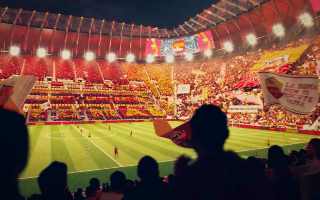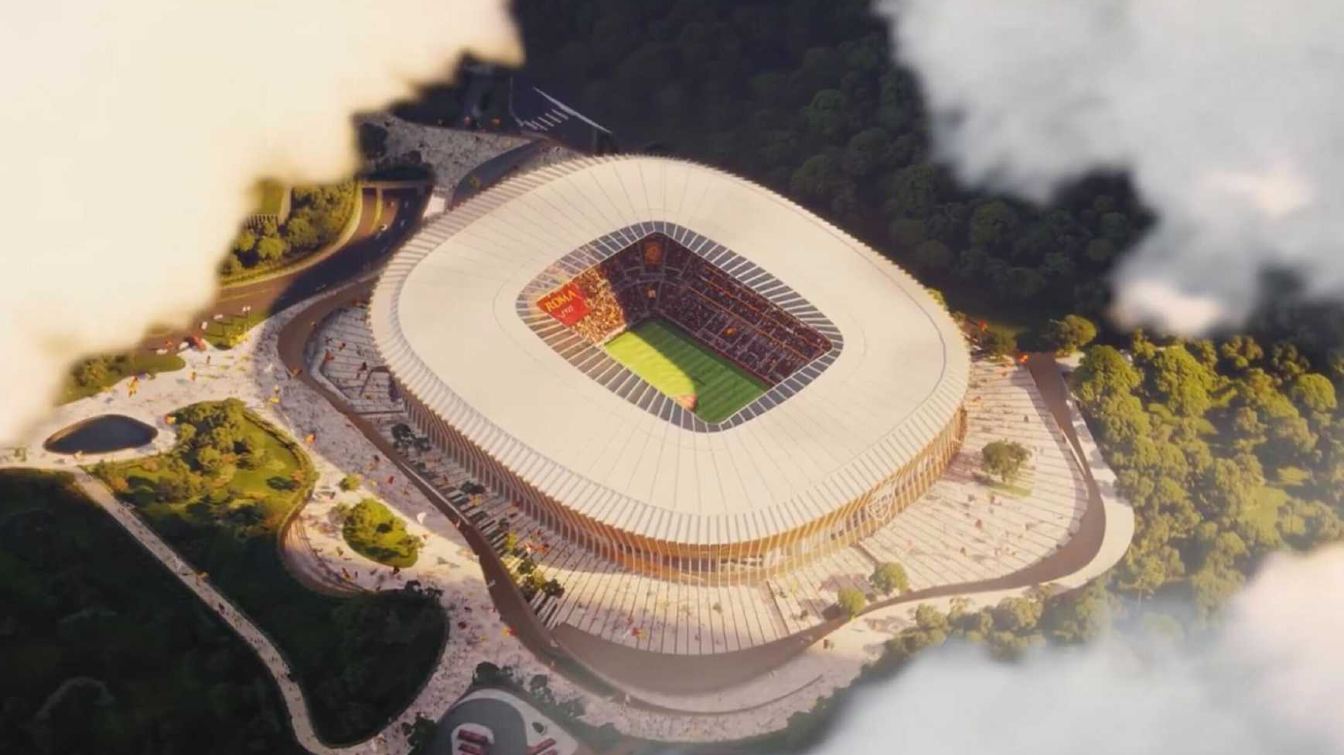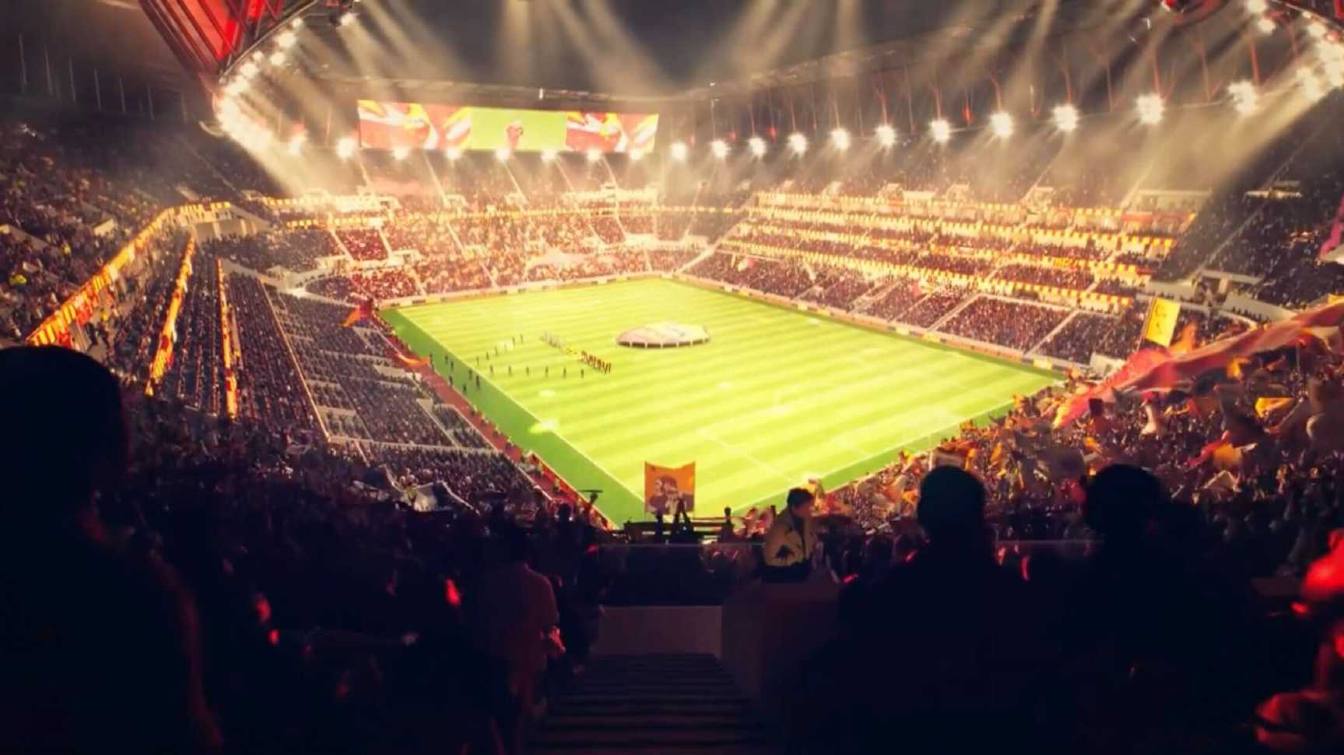Italy: Green stadium revolution in Rome, despite delays
source: StadiumDB.com; author: Jakub Ducki
 Roma authorities have unveiled an updated design for the club's new stadium in the Pietralata district. The venue is envisioned as a hub for sustainable development, complete with a park and 819 newly planted trees. Despite its ambitious scope, the project faces yet another delay.
Roma authorities have unveiled an updated design for the club's new stadium in the Pietralata district. The venue is envisioned as a hub for sustainable development, complete with a park and 819 newly planted trees. Despite its ambitious scope, the project faces yet another delay.
Advertisement
Green heart of stadium
AS Roma’s future home in Pietralata is designed not only for 60,000 fans but also as a model for modern urban planning and environmental care. At the core of the project lies a vast 9.3-hectare public park. It will include 8,000 square metres of picnic areas, a fitness track, a playground, and walking paths - complemented by 819 new trees.
The concept is a response to concerns raised by local residents and environmental groups, who opposed cutting down part of a nearby wooded area. However, both the city and club authorities argue that the project will improve - not reduce - the quantity and quality of green spaces. Our goal is not just to preserve the green areas, but to increase and enhance them throughout the district, including the existing woodland,
said urban planning councillor Maurizio Veloccia.
The stadium is expected to seat between 55,000 and 62,000 spectators and will also host concerts and cultural events. The total cost is estimated at around €1 billion. The site will remain public property and will be leased to the club for 90 years.
Sustainability features include a rainwater-based irrigation system, extensive pedestrian and cycling infrastructure, and the modernisation of the nearby Quintiliani metro station. A pedestrian and cycling bridge over Via Livorno will connect the stadium to the Tiburtina transport hub.
Delays and controversy
Despite progress in planning, the timeline has shifted again. The final design was originally due in spring, then summer, and now is expected between September and October 2025. This casts doubt on the goal of opening the stadium for the club’s centenary in the 2027/28 season.
Roma officials maintain that there are no delays,
but La Gazzetta dello Sport reports otherwise. A key remaining step is the completion of archaeological studies. Councillor Veloccia stated that Roma plans to complete them within three months—assuming no unforeseen complications. Soil and vegetation assessments have already been concluded and submitted.
 © AS Roma
© AS Roma
Land recovery and official permits
A major milestone was the city reclaiming land long occupied illegally by a car scrapyard. Roma Capitale has finally recovered the area that had been unlawfully occupied for over 20–30 years,
Veloccia confirmed. This will expand the available space and allow archaeological work to continue across the full site.
In the coming days, a long-awaited report from an agronomist hired by the city will be released, assessing the vegetation conditions on the site. This report is essential for approving woodland clearance and defining environmental compensation measures. Meanwhile, a request by local committees to suspend the project has been denied, giving the green light for preparations to continue.
Revitalising Pietralata
Roma’s new stadium is just one part of a broader regeneration plan for the Pietralata area. The district is undergoing transformation thanks to public projects and academic investments. The Rome Technopole, a new research and innovation hub funded by Sapienza University, the Lazio region, and Unindustria, is under construction.
The project follows the 15-minute city
concept, ensuring that residents have access to key services within walking or cycling distance. Half of all stadium visitors are expected to arrive via public transport. Combined with new amenities, the investment aims to reduce urban neglect and improve quality of life across the area.
 © AS Roma
© AS Roma
Giallorossi’s future
Despite political turnover and staff changes - including the departure of legal adviser Lorenzo Vitali, replaced by Lucia Bernabè - the club remains committed to the project. Bernabè, previously head of institutional relations, is seen as better equipped to manage interactions with public bodies.
Roma hopes to submit the final project to the Lazio Region’s Services Conference in autumn 2025. If approved without further delays, construction could begin in 2026. The Giallorossi’s first match at their new home would then be possible in the 2028/29 season. This is not just a project for Roma, but for the whole city
Veloccia emphasized.
Advertisement

 StadiumDB
StadiumDB